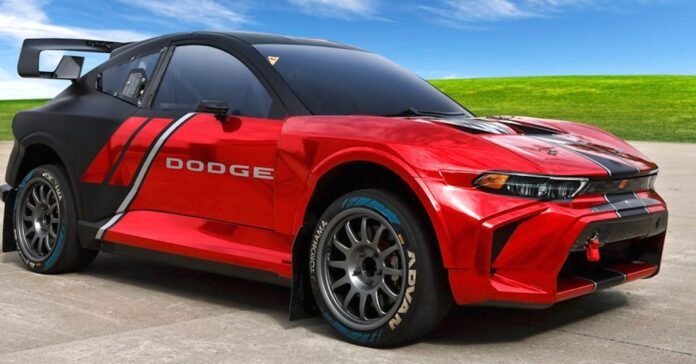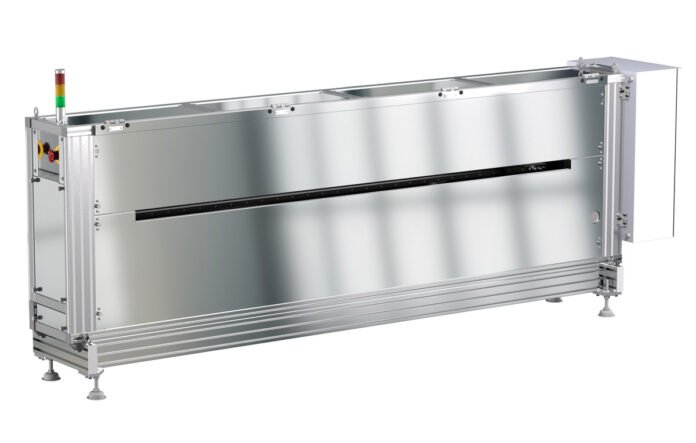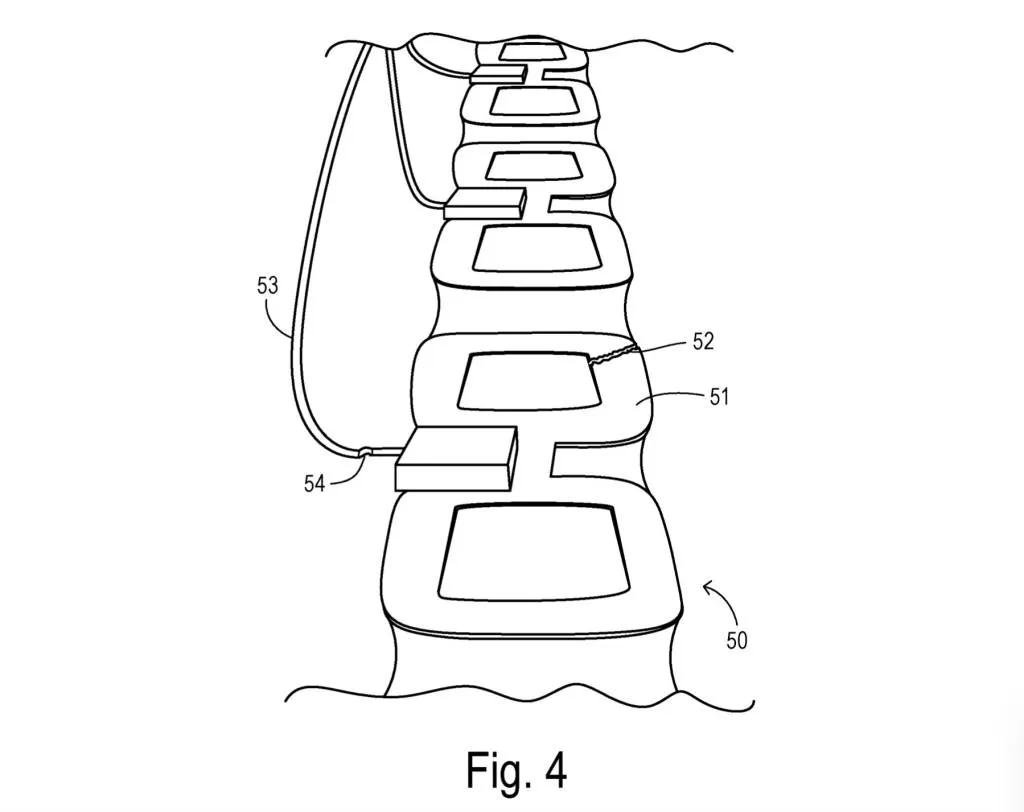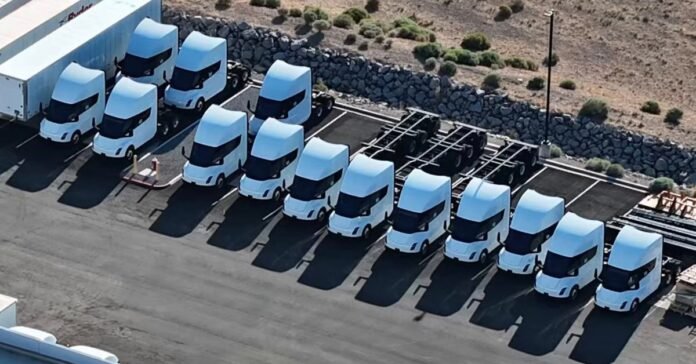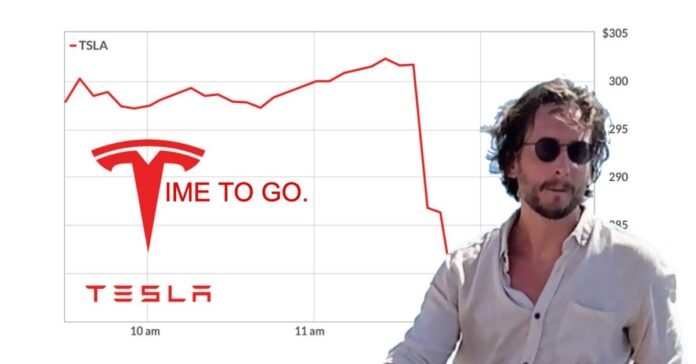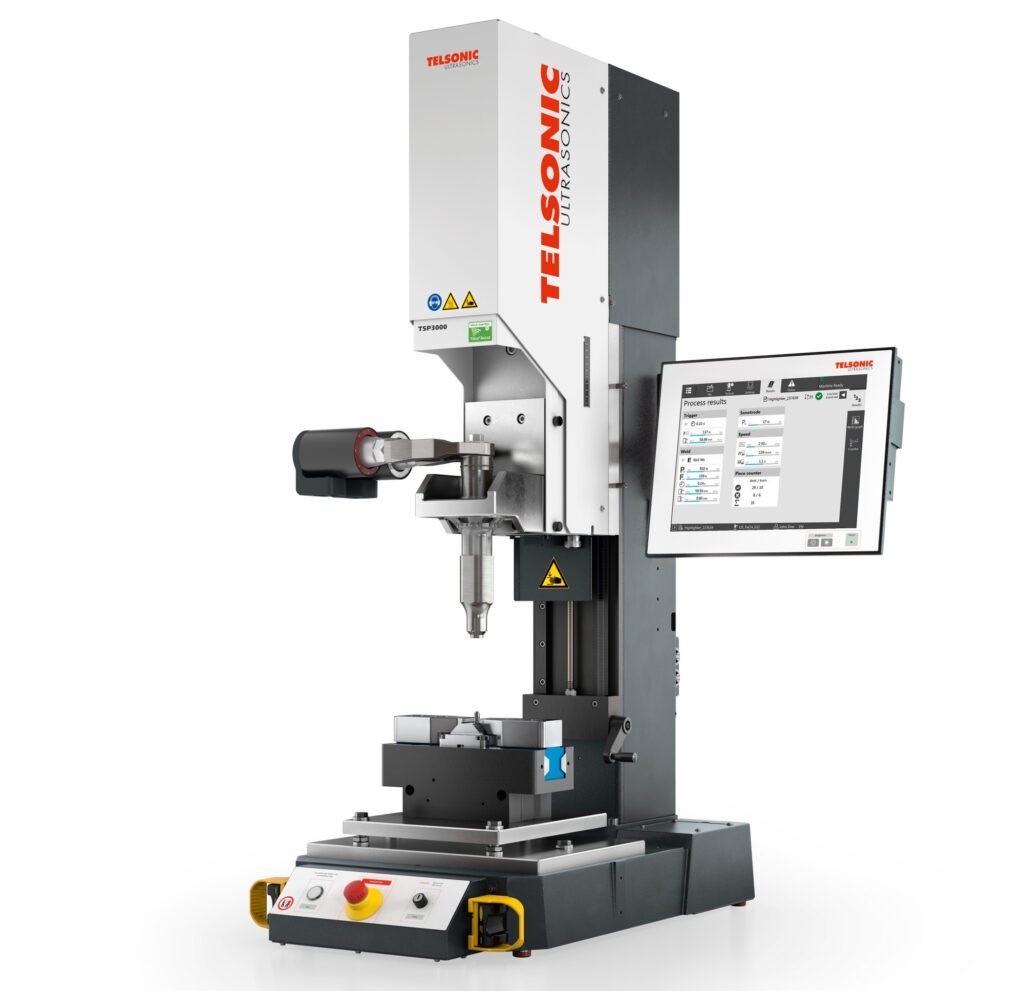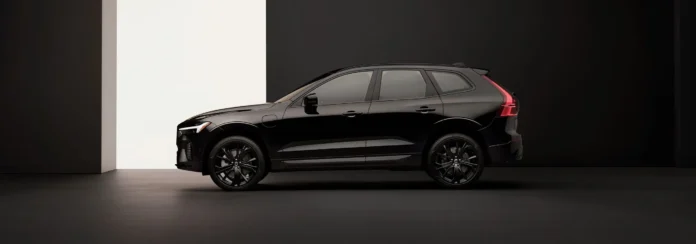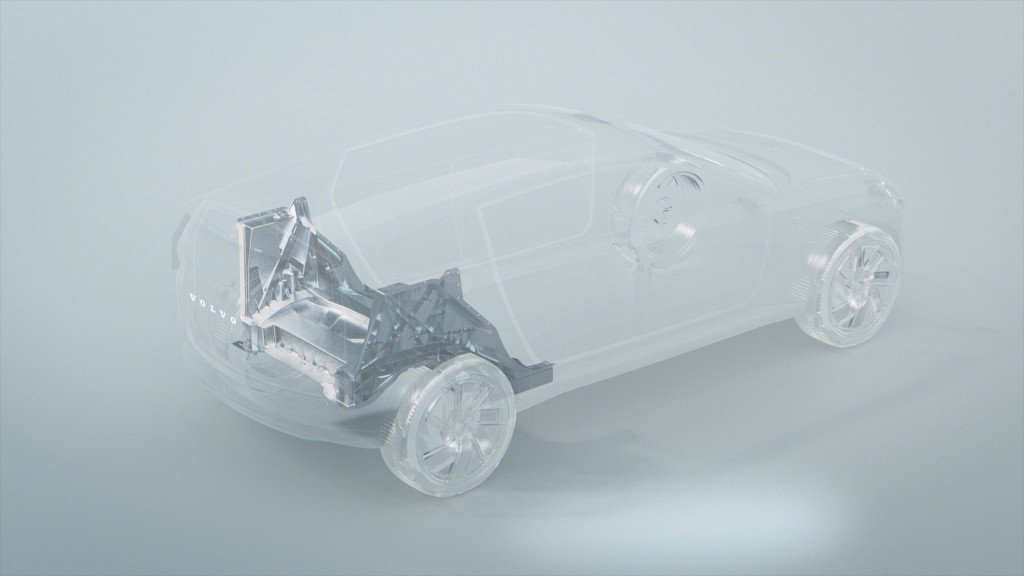

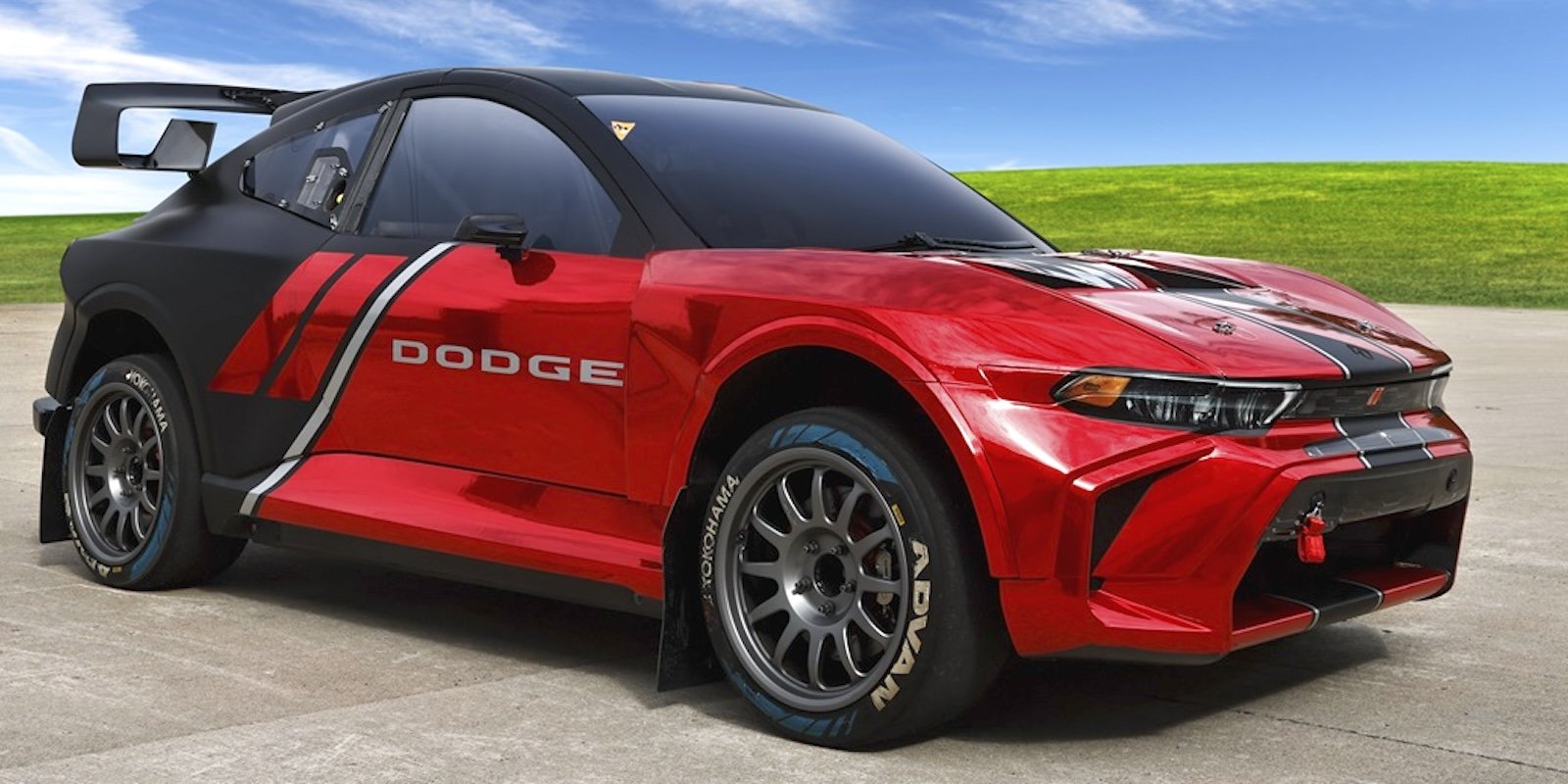
Packing four electric motors pushing more than 1,000 hp through all four of its Yokohama Advan racing tires, the new Dodge Hornet R/T FC1-X can blast from 0-60 in just 1.4 seconds!
“With four axial flux motors generating the equivalent of 1,070 horsepower, these machines don’t just accelerate – they bend the laws of physics,” reads the breathy, exuberant press release from Dodge announcing the new Nitrocross Group E racing machine. “We’re talking 0-60 in 1.4 seconds. That’s fast enough to rearrange your internal organs and make you question your life choices, all before you hit second gear. And with nearly 2g of acceleration from a standing start, these cars don’t just jump the 200-foot gaps common in Nitrocross – they practically achieve low Earth orbit.”
Props to Sean Yoder, the press release’s credited author, for leaving off an exclamation point after “low Earth orbit.” (He’s a better man than me!) But, while I stand by my comments about the emotional nature of this particular Dodge press release, I think it’s justified.
Consider that the Dodge brand has been something of a walking cadaver of late. Stripped of the RAM trucks that carried the brand through the troubled 80s, 90s, and out of the Great Recession, Chrysler Daimler Cerberus FCA Stellantis leadership has also stripped Dodge of volume nameplates like the Neon, market leaders like the Caravan, and jaw-dropping halo cars like the Viper. Dodge hasn’t had much to write breathy press releases about for a long while, is what I’m saying. So good on Yoder for carping the diem.
And what a diem it is! For context, the record-breaking Model S Plaid that ran an 8-second 1/4 mile a few weeks back was a full four tenths slower to 60 than the Hornet claims to be.
That is moving, and precious few cars of any kind can whip themselves from 0-60 in less than two Mississippis.
To accomplish the feat, the Dodge Hornet R/T FC1-X features a tubular chassis, carbon-fiber chassis tub, Alcon braking system, electric power-assisted steering, front and rear double wishbone R53 suspension with adjustable camber/caster with 12-inch wheel travel and adjustable front and rear anti-roll bars.
It certainly looks the part

“We’re looking forward to a great inaugural Nitrocross season for the Dodge brand,” Matt McAlear, Dodge brand CEO, was quoted as saying. “With a championship-winning organization like Dreyer & Reinbold Racing carrying the Dodge banner and with fans getting the chance to experience the Dodge Hornet up close and personal through our Dodge Hornet Rally Rides.”
The new Hornet rally racer will be piloted by two-time Group E series champion Robin Larsson. Larsson will be, “flanked by a roster that reads like a who’s who of rally racing: Fraser McConnell, Andreas Bakkerud, and 17-year-old phenom Lia Block. Yes, that Block – as in Ken Block’s daughter. Talk about motorsport dynasties colliding!”
That’s a direct quote, too, by the way. For the PR team’s sake (at least), here’s hoping the car lives up to the hype at its debut event in Richmond, VA, this weekend.
Electrek’s Take

While the official press release is big on hype, it’s small on things like battery specs, capacity, and how or why a four-motor monster like the R/T FC1-X relates to the road-going Hornet models. Models that, it should be noted, are not electric (though there is a PHEV version of the rebadged Alfa Romeo crossover).
That said, Dodge CEO Matt McAlear said Nitrocross is a “perfect venue” for the brand as roughly 75% of fans are between the ages of 18 and 34, giving the company a way to promote the Hornet to a “youthful, enthusiastic new audience.” And if the brand has any hope of surviving, they’re going to need a new generation of young fans.
All Dodge needs now is a vehicle those young fans can afford! The road-going version of the 2025 Dodge Hornet R/T starts at $41,645.
SOURCE | IMAGES: Dodge Garage.
FTC: We use income earning auto affiliate links. More.
Source link by Electrek
Author Jo Borrás
#AWD #electric #Dodge #Hornet #sec


